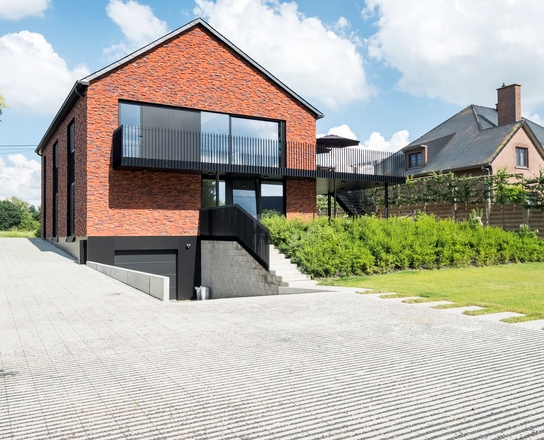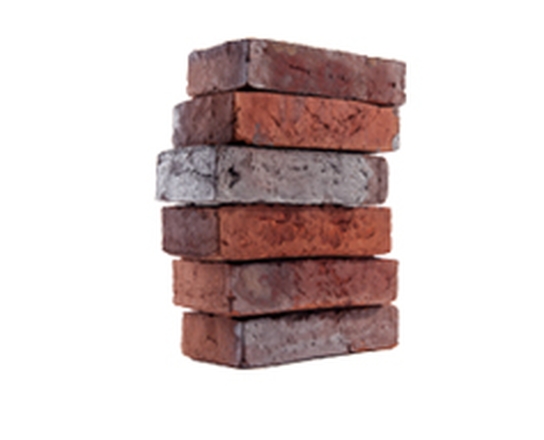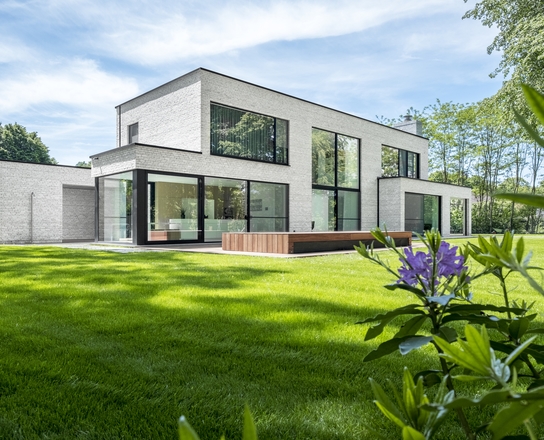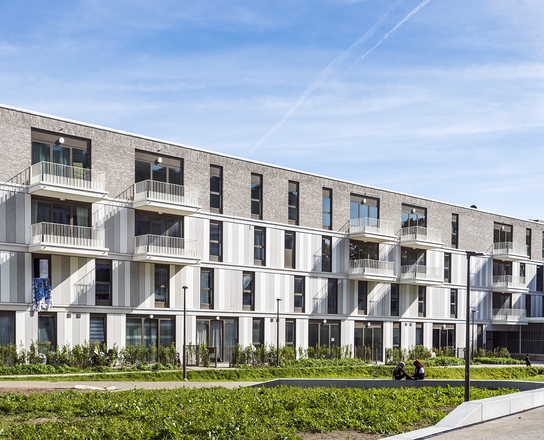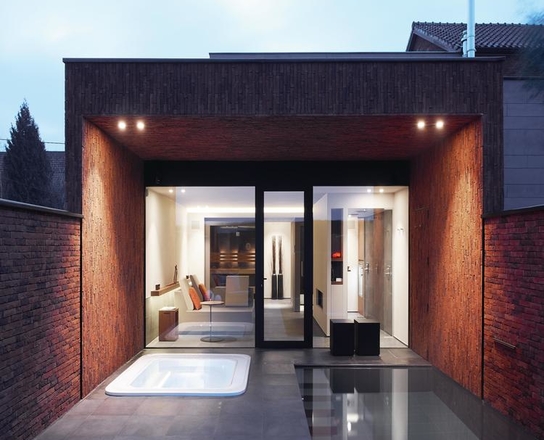Bricklaying – taking the weather into account
When you start a bricklaying job, it’s important to take the weather conditions into account. Learn more about the measures that you need to take for each type of weather to ensure the perfect result.
Do not lay bricks when it’s raining
Do not lay bricks when it’s raining to minimise the risk of efflorescence as much as possible. If it starts to rain while you’re working, cover the fresh brickwork over with a material such as plastic. It’s also sensible to cover the brickwork over when you leave the site. How can you protect brickwork while working?
The moisture in bricks
Before bricklaying , always check the moisture level of the bricks. Bricks that are too dry or too wet are usually difficult to work with, plus you also run the risk of the mortar adhering poorly.
The extent to which a brick absorbs water is divided into four categories. The initial water absorption indicates how much water a pre-dried brick can absorb during its first minute in contact with water (5 mm deep). The volume, expressed in kg/(m2.min) determines which mortar you should use. The moisture level in masonry bricks must not be higher or lower while laying than that allowed by the mortar.
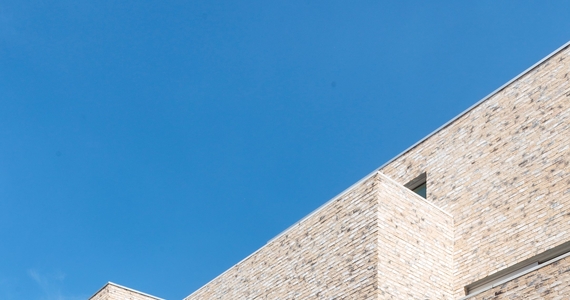
To what extent does the brick absorb water?
| Category | Declaration | |
| IW1 | Very little absorption | < 0.5 kg/m2.min |
| IW2 | Moderate absorption | 0.5 - 1.5 kg/m2.min |
| IW3 | Normal absorption | 1.5 - 4.0 kg/m2.min |
| IW4 | Heavy absorption | >4.0 - 8.0 kg/m2.min |
Ask for mortar recommendations
Always ask for detailed recommendations on the mortar from the manufacturer. In the recommendation, take into account the properties of the brickwork, but also the climatic conditions during installation.
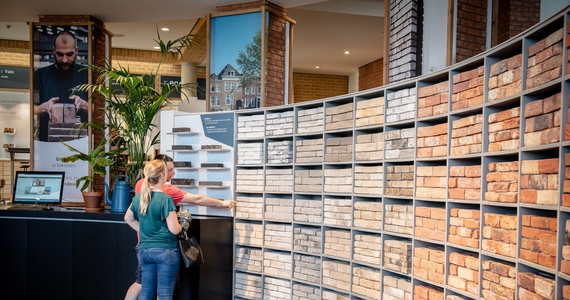
Bricklaying at high temperatures
At high air temperatures, and certainly when the brickwork is exposed to sunlight, you should pay extra attention to the pre-wetting and post-treatment of the brickwork. Heavily absorbent bricks (IW4) need to be wetted thoroughly under these conditions, the same also applies to bricks in class IW3. You should always ensure that your bricks are not in strong sunlight. If the bricks that you use are too dry, it can lead to poor adhesion of the mortar, and even to the mortar burning. If the bricks that you use are too wet, the mortar will not dry out and will not adhere to the brick. Always seek the recommendations of the mortar manufacturer.
Preventing it from drying out
You must protect the joints from extreme drying caused by sunlight or wind. By wetting the facades beforehand, you can prevent water from escaping from the mortar. When jointing the brickwork, you also need to prevent it from drying out. To do this , you will need to post-treat the mortar in the joints by repeatedly misting it with a spray gun. On warm summer days, it is best to postpone jointing to prevent the mortar from burning.
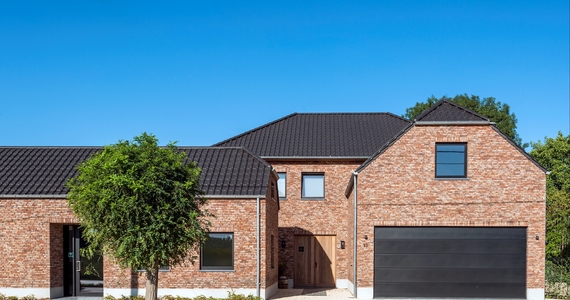
Bricklaying in frosty weather
Brickwork that freezes can cause a lot of damage. At temperatures below 0°C, you should take measures to protect the brickwork. Cover pallets of bricks thoroughly (with the packing film and insulation material if appropriate) so that they are protected from frost. Always follow the specific instructions provided by the manufacturer of the mortar when using pre-fabricated mortar.
Guidelines for bricklaying in frosty weather:
- Cover the packages of bricks so that there is no ice formation in the products and that they are not at risk of freezing.
- Never work with frozen bricks.
- Do not work on frozen, thawing surfaces or when there is a risk of frost within the next 24 hours.
- Do not lay bricks when the air temperature is no higher than 0°C. Why not? The mortar will not harden properly, if at all, which can cause adhesion problems. Cement-bonded mortars need a temperature of at least 5°C to harden, which must be achieved for at least two to three hours during the day.
- The ambient temperature must be between 5°C and 30°C throughout the bricklaying and hardening process.
- If you are laying bricks at a temperature above 0°C, keep an eye on the weather forecast for the coming night. If there is a risk of the temperature falling below -3°C, stop bricklaying in good time
- and cover the fresh brickwork over.
When outdoor temperatures are low, the mortar needs to be adjusted accordingly. The manufacturer of the mortar will be able to advise you.

